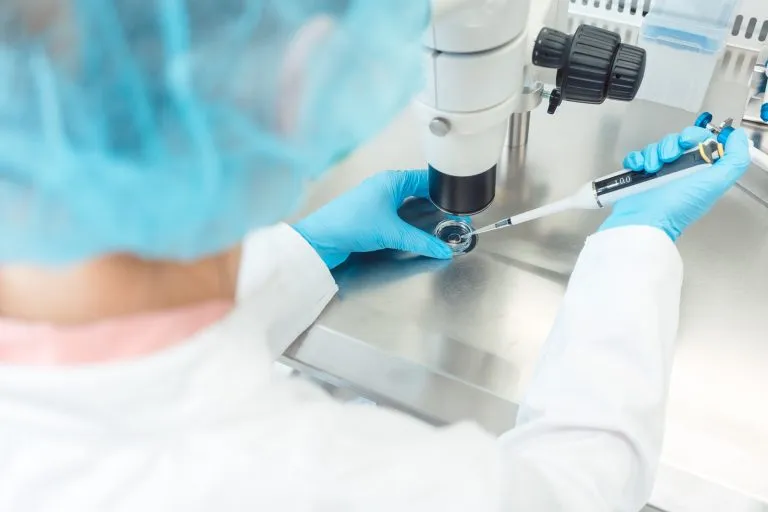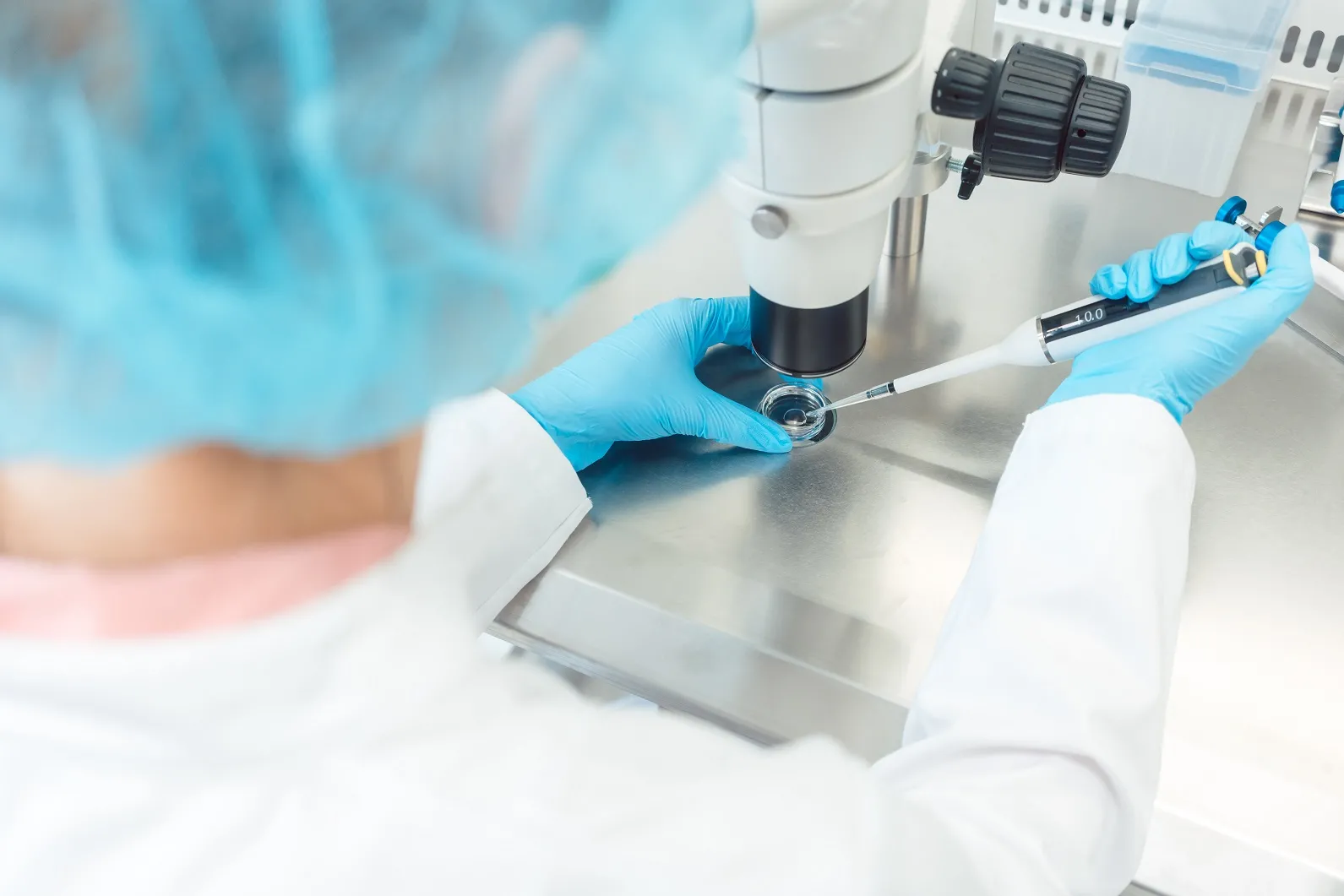The PAPP-A test is an important test in prenatal diagnosis. Many Parents give up on it without knowing all its uses. Find out what risks, in addition to genetic defects, are assessed by the PAPP-A test and why you should take it.
PAPP-A test-when is it performed?
The PAPP-A test is the colloquial term for a composite test performed in the first trimester. The test is based on a joint evaluation of genetic ultrasound and biochemical parameters – PAPP-A protein, free beta – HCG, and PlGF. The PAPP-A test should be performed between 11. a 14. week of pregnancy. At this time, an ultrasound should be performed, and the mother-to-be should have her blood drawn. The gynecologist then enters all the data into a special calculator and the patient can receive the full result of the test, including blood tests.
PAPP-A test-why is it worth taking?
The PAPP-A test was originally used to assess mainly the risk of chromosomal aberrations. Some still consciously refrain from taking this test, believing that the knowledge of the baby’s genetic defect will not change anything in their behavior or the further course of the pregnancy. However, not everyone is aware that the risk of pre-eclampsia is also assessed during this test. In turn, this makes it possible to implement possible appropriate prevention and reduce the chance of preeclampsia. For this reason, it is advisable not to forgo the PAPP-A test in yourself.
PAPP-A test- result
In the PAPP-A test, in addition to the ultrasound description, each patient receives a calculated risk of chromosomal aberrations and, very importantly, the risk of pre-eclampsia. Depending on the outcome of the test, further treatment is implemented. For the risk of chromosomal aberrations between 1:300 and 1:1000, free fetal DNA testing is recommended, while above 1:300, invasive diagnostics such as amniocentesis is suggested. If the risk of preeclampsia is higher than 1:150, a pregnant woman should start taking 150 mg of acetylsalicylic acid (the popular Acard) per night until 36. One week of pregnancy. It is important to implement this prevention before 16. week, when the placenta has not yet fully formed.
Read more: What diseases does the PAPP-A test detect? When should it be performed?
Rate this article:











